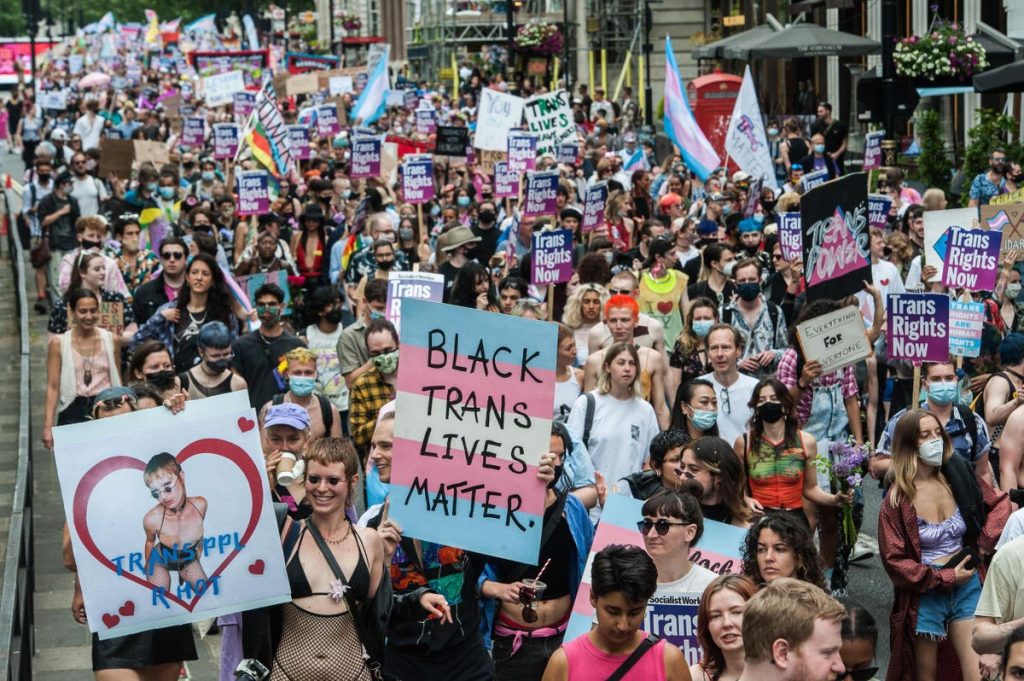In diversity work, it is critical that allyship focuses on the most marginalized communities first. When we focus on issues that affect people with one dimension of diversity, we can help all marginalized communities, yet the impact is far less.
Consider this example: a white, non-disabled, straight woman raises the issue about pay equity at her organization. The organization listens, conducts a pay gap audit and finds a gender pay gap (women still average 82% of the pay men make). The organization reviews gaps and raises pay for a portion of women affected. This benefits women, but does not address the inequities women of color face whom not only struggle with gender bias, but also racial bias. Their pay gaps are signficantly lower than white women and they even are less represented in leadership roles.
This allyship approach also omits other dimensions of diversity – disability, LGBTQ+, especially gender non-binary or trans folks given this is gender issue that was addressed in a binary way. The more layers of diversity an individual experiences, the more microaggressions they are likely to experience and the less represented they are likely to be in an organization.
When we start with an intersectional approach to allyship, we likely make it better for a larger collection of people. Starting with the most marginalized is pivotal to effective allyship as evidenced by:
- The curb-cut effect
- Challenges with centering
- The positive impact of inclusive language
The curb-cut effect
The curb-cut effect refers to laws and programs designed to benefit the most vulnerable groups, such as the disabled or people of color and how they often end up benefiting all of society. When cut curbs for folks in wheelchairs, bike riders, people with strollers, those with limited mobility also benefit. Others can more easily access sidewalks. The same rings true for addressing the deepest systemic barriers for the most marginalized communities.
The trans community, especially trans people of color or trans folks with disabilities, tend to be the most marginalzed communities in most places in the world. The stigma that society places on them is apparent through significantly higher rates violent acts, suicide and homelessness. If we were to center the trans community in our allyship efforts, we would likely increase visibility to issues impacting other marginalized groups such as gender stereotypes, microaggressions and lack of support.
When we address these deeper systemic issues for the most marginalized other groups also benefit – women may feel less gender bias, people of color might experience less racial microaggressions or those with disabilities can feel safer speak up about issues impacting them. If those most marginalized feel safe and supported, then others are more likely to feel supported. It’s not a zero sum game. Rather than think of allyship as my pie slice vs. your pice slice, the metaphorical pie gets bigger when we work together.
Challenges with centering
Centering is when we overly focus on the majority group is the standard. For example, when straight, non-disabled, white men voice concern about diversity issues, we often center their concerns more so than the people that are affected by the issues. This perpetuates a cycle where the concerns and needs of these groups are not adequately addressed, leading to further disparities and exclusion.
Centering the majority group reinforces existing power dynamics and social norms. It can reinforce the idea that the majority’s perspectives and experiences are more important or valid, while those of marginalized groups are secondary. By disproportionately focusing on the concerns of the majority group, there is a risk of overlooking or misunderstanding the unique challenges faced by marginalized communities.
When members of the majority group are centered in conversations about diversity and inclusion, their role as allies can become performative rather than meaningful. True allyship involves actively listening to and supporting marginalized voices, not overshadowing or co-opting their narratives.
Centering the majority group can prevent meaningful learning and growth. It limits the potential for individuals to broaden their perspectives, challenge biases, and engage in constructive dialogue about social issues from diverse viewpoints. When we decenter the majority group and focus on the most marginalized first, we start to see positive progress.
The positive impact of inclusive language
Inclusive language has a ripple effect on all marginalized groups. For instance, if we start with the example of a trans person of color, they stand to benefit greatly from the use of inclusive language. From pronouns to person first language, when we create space for their intersectional identities, we help to create space for all gender identities, folks with disabilities and others in the LGBTQ+ community.
Subtle shifts in our language such as “guys” to “all,” or “disabled person” to “person with a disability (specificity key here),” or “master” to “primary” can help all people be better. When we slow down our automatic language defaults and replace them with language that works for the most marginalized, we are more intentional and clear with what we mean. We are more clear and are more likely to connect with our audience. This benefits everyone collectively, not just the most marginalized, but all humans.
Allyship starts with the most marginalized. When we start here, we shift to a more inclusive environment that works better for everyone.
Read the full article here









